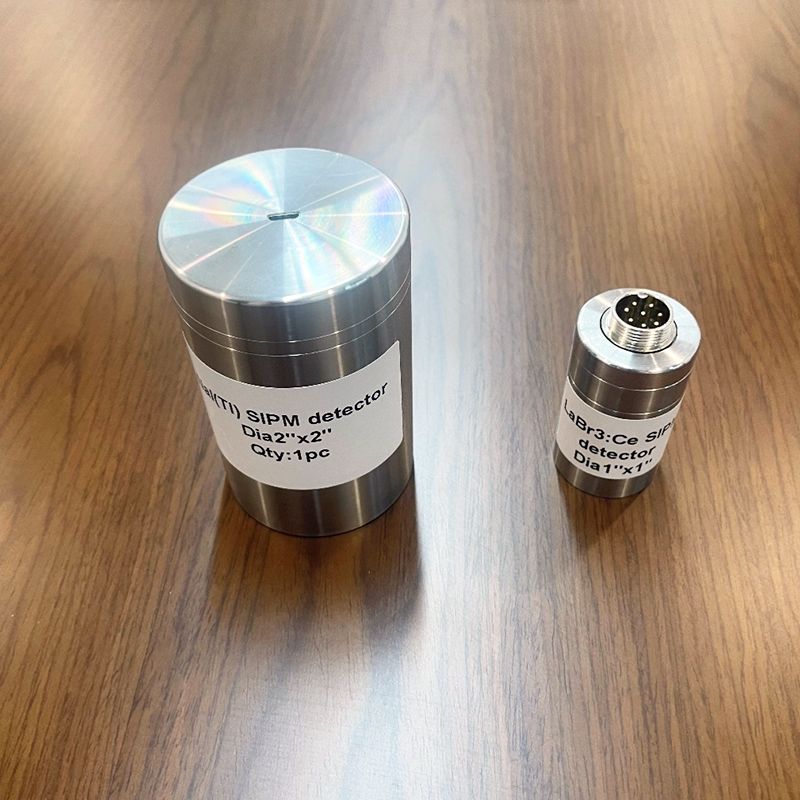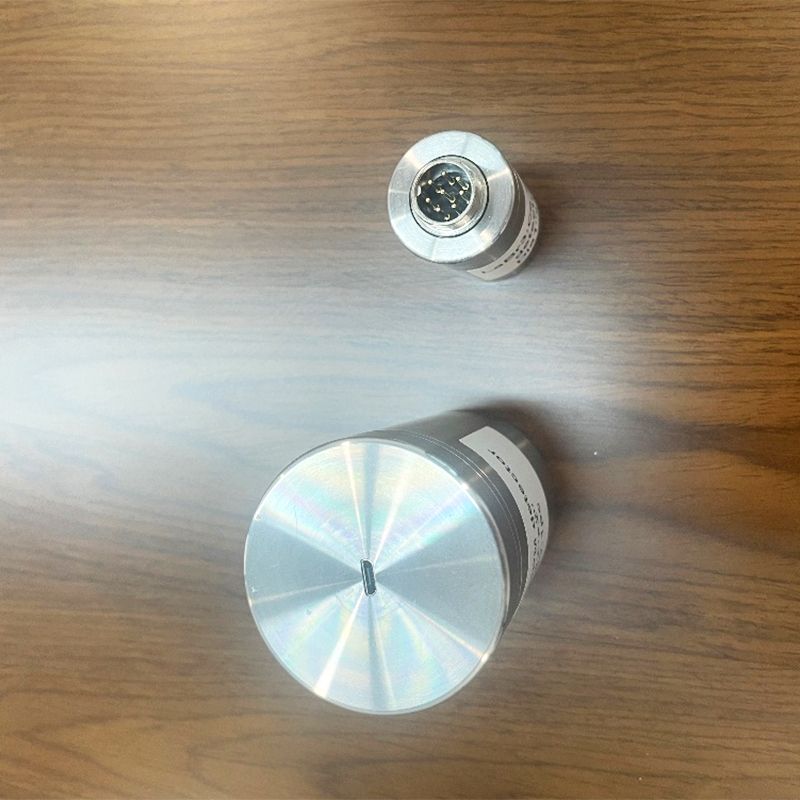A SiPM (silicon photomultiplier) scintillator detector is a radiation detector that combines a scintillator crystal with a SiPM photodetector. A scintillator is a material that emits light when exposed to ionizing radiation, such as gamma rays or X-rays. A photodetector then detects the emitted light and converts it into an electrical signal. For SiPM scintillator detectors, the photodetector used is a silicon photomultiplier (SiPM). SiPM is a semiconductor device composed of an array of single-photon avalanche diodes (SPAD). When a photon hits the SPAD, it creates a series of avalanches that produce a measurable electrical signal. SiPMs offer several advantages over conventional photomultiplier tubes (PMTs), such as higher photon detection efficiency, smaller size, lower operating voltage, and insensitivity to magnetic fields. By combining scintillator crystals with SiPM, SiPM scintillator detectors achieve high sensitivity to ionizing radiation while also providing improved detector performance and convenience compared to other detector technologies. SiPM scintillator detectors are commonly used in applications such as medical imaging, radiation detection, high energy physics, and nuclear science.
To use a SiPM scintillator detector, you generally need to follow these steps:
1. Power the detector: Make sure the SiPM scintillator detector is connected to a suitable power source. Most SiPM detectors require a low voltage power supply.
2. Prepare the scintillator crystal: Verify that the scintillator crystal is properly installed and aligned with the SiPM. Some detectors may have removable scintillator crystals that need to be carefully inserted into the detector housing.
3. Connect the detector output: Connect the SiPM scintillator detector output to a suitable data acquisition system or signal processing electronics. This can be done using appropriate cables or connectors. See the detector's user manual for specific details.
4. Adjust operating parameters: Depending on your specific detector and application, you may need to adjust operating parameters such as bias voltage or amplification gain. See the manufacturer's instructions for recommended settings.
5. Calibrating the Detector: Calibrating the SiPM scintillator detector involves exposing it to a known radiation source. This calibration step enables the detector to accurately convert the detected light signal into a measurement of the radiation level.
6. Acquire and analyze data: Once the detector is calibrated and ready, you can begin collecting data by exposing the SiPM scintillator detector to the desired radiation source. The detector will generate an electrical signal in response to the detected light, and this signal can be recorded and analyzed using appropriate software or data analysis tools.
It is worth noting that specific procedures may vary depending on the manufacturer and model of the SiPM scintillator detector. Be sure to refer to the user manual or instructions provided by the manufacturer for recommended operating procedures for your specific detector.
Post time: Oct-12-2023







